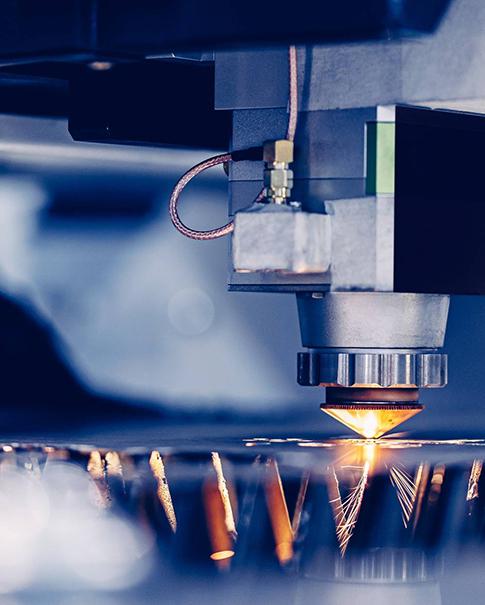Key Considerations for CNC Machining Part Surface Processing
Jan 16, 2025
Material Type
Manufacturers and engineers must carefully consider various factors when selecting the most suitable surface processing methods for CNC machined parts. In this article, we will delve into the key factors that should be taken into account to ensure optimal results in surface processing.
The choice of material is a fundamental factor in surface processing decisions. CNC machining can be applied to a wide range of materials, including metals (such as aluminum, steel, and titanium), plastics, composites, and more. Each material has unique properties that influence the selection of surface processing techniques. For example, metals may require different processes compared to plastics or composites due to differences in hardness, conductivity, and chemical reactivity.
Certain materials, like stainless steel or hardened tool steel, may be more challenging to process due to their hardness. In such cases, abrasive methods like grinding or honing may be necessary to achieve the desired surface finish. On the other hand, softer materials may be better suited for chemical treatments or electroplating.
Part Design and Geometry
The geometry and design of the machined part are crucial considerations when choosing surface processing methods. Parts with complex shapes, tight tolerances, or intricate features may require specialized approaches. For instance, parts with deep internal channels or intricate patterns might be challenging to access with certain processing tools.
Moreover, the size and shape of the part can influence the feasibility of different processing techniques. Large, flat surfaces might benefit from abrasive processes like sanding or milling, while small, detailed features could require more precise methods such as chemical etching or laser engraving.
Surface Finish Requirements
Surface finish is a critical factor that directly affects the appearance, performance, and functionality of CNC machined parts. The required surface finish can vary significantly depending on the intended application. Common surface finish parameters include roughness (Ra), surface texture, and gloss.
For parts that require a smooth, mirror-like finish, polishing or buffing processes may be necessary. Alternatively, if a specific texture or pattern is desired, techniques like etching, bead blasting, or abrasive media tumbling can be employed. The choice of surface finish should align with the intended purpose of the part, whether it’s for aesthetic appeal or functional requirements like reduced friction or improved adhesion.
